Taxus Seedling Propagation Methods:
Pre-Planting Techniques
The preservation of yew resources and the rapid propagation of seedlings are essential for establishing paclitaxel timber forests. Large-scale yew plantations play a crucial role in ensuring a stable supply of raw materials for paclitaxel production.
When cultivating yew seedlings from seeds, it's important to store them in sand or mix with temperature control to improve germination and break dormancy after winter. Before sowing, you should scarify the seed coat, soak the seeds in warm water, and apply growth hormones. Shading after emergence is vital for healthy seedling development, helping prevent heat damage and maintaining around 40% moisture. The germination rate for Taxus chinensis and Taxus chinensis var. mairei can reach 70-80%, and the ideal temperature for seedlings is above 15°C.
Seedling growth follows a specific pattern. In the first two years after emergence, both plant height and stem diameter grow slowly—typically about 10 cm per year. Growth accelerates after transplanting, with an increase of 20–30 cm in 3–5 years.
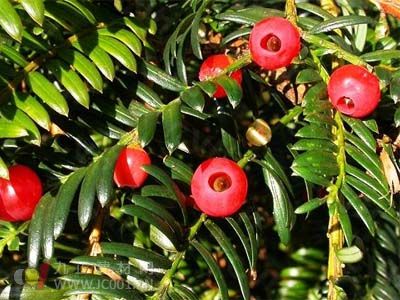
2. Tissue Culture and Yew Propagation
Tissue culture takes advantage of the pluripotency and clonality of plant cells. Researchers use various parts of the yew, such as stems, needles, bark, and embryos, as explants for culture.
(1) Select high-quality yew varieties, like Taxus cuspidata, which has higher paclitaxel content. These are used as explants, then placed on a suitable medium to form callus, root, and eventually produce seedlings. After acclimatization and disease control, they become ready for commercial planting.
(2) The formation of callus varies depending on species, plant type, and environmental conditions such as light, medium composition, and season. Some yew species, like Taxus chinensis and Taxus yunnanensis, can form callus under proper conditions.
Research shows that moderate levels of hydrolyzed complex proteins (CA) can enhance wound tissue growth in Taxus cuspidata and Taxus chinensis var. mairei. However, concentrations over 0.5% may hinder paclitaxel accumulation. At concentrations above 1%, CA promotes wound healing without affecting paclitaxel synthesis.
Other factors, like 2,4-D, also support callus formation and improve induction rates. Callus grown in 2,4-D media tends to be more vigorous. Media components such as B5, sucrose, and galactose can boost paclitaxel content, but excessive glucose may inhibit its production.
Studies by GIBSON indicate that dark conditions are more favorable for cell suspension cultures and paclitaxel accumulation than light.
Regardless of the method, selecting cells with strong proliferative potential from the middle layer of the yew tissue is key. These cells are rich in starch and capable of forming clusters, promoting communication between cells and supporting functional differentiation. This process is critical for metabolite production in yew cells.
3. Artificial Cutting Propagation
Yew cuttings are commonly propagated using spring shoots, which are softer and easier to root, while autumn branches are harder. Shading is essential during the cutting process, with a minimum shade level of 60%. The survival rate for this method can exceed 70%, compared to only 3–20% for conventional methods.
Maintaining humidity at 75–85% and avoiding wind exposure helps ensure successful rooting. Several factors influence cutting survival, including age, temperature, hormone treatment, substrate, season, and variety. For example, Taxus chinensis has a survival rate of around 95%, while Taxus yunnanensis reaches about 90%.
During the first year, the above-ground part grows slowly, but roots develop quickly. Transplanting and continued shading are necessary in the second year to maintain optimal conditions. Growth is fastest in summer and slows in winter and spring. Sudden temperature drops or dryness can cause growth issues or even death. Once established, yew seedlings have a high survival rate and grow rapidly.
Cuttings remain one of the most effective methods for increasing yew resource availability and accelerating the development of medicinal yew forests.
Handrail And Balustrading Stainless Steel Handrail Bracket Support Fitting
We specialize in Stainless Steel Fittings, Brackets, Joiners for Railings, Balustrades, Handrails, Balusters, Hand Railings, Handrailings, Hand Rails, Stairs, Staircase, Stair Handrails, Stair Railings, Stair Rails, Glass Handrails, Glass Railings, Glass Balustrades, in various shape and surface treatment designed to provide easy, convenient and immediate installation, able to meet the wide designs of Railing Systems, Handrail Systems and Balustrade Systems. Our available materials include stainless steel 304, 316
Welcome to visit our Handrail and Balustradings Stanless Steel Handrail Bracket Support Fittings.
We offer All Kinds Of Connectors For Stairs And Handrails,Decoration Covers,Stainless Steel Tubes,etc
Feel free to consult our sales team for more information!


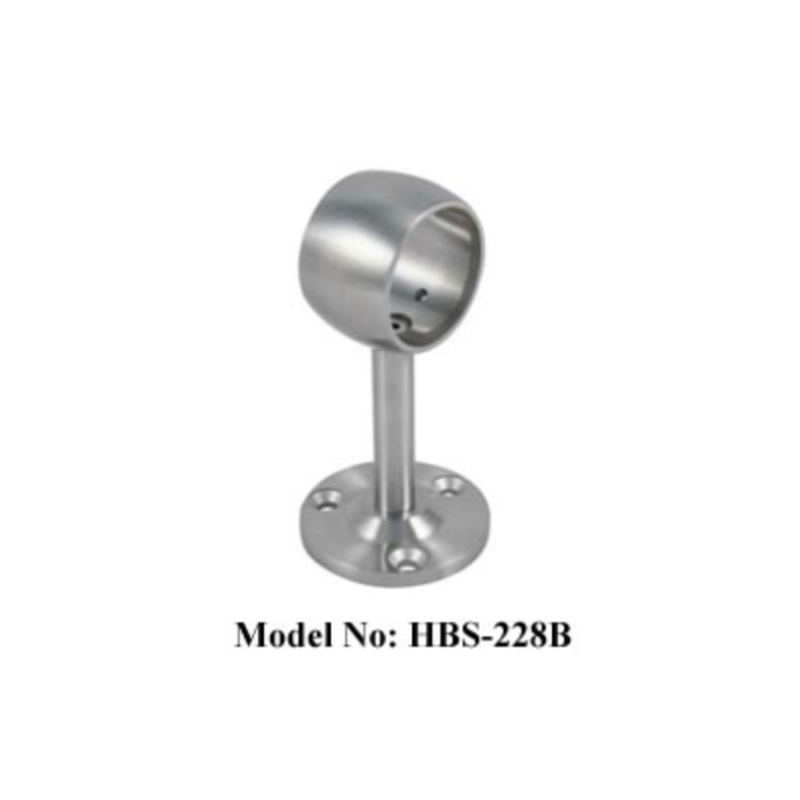
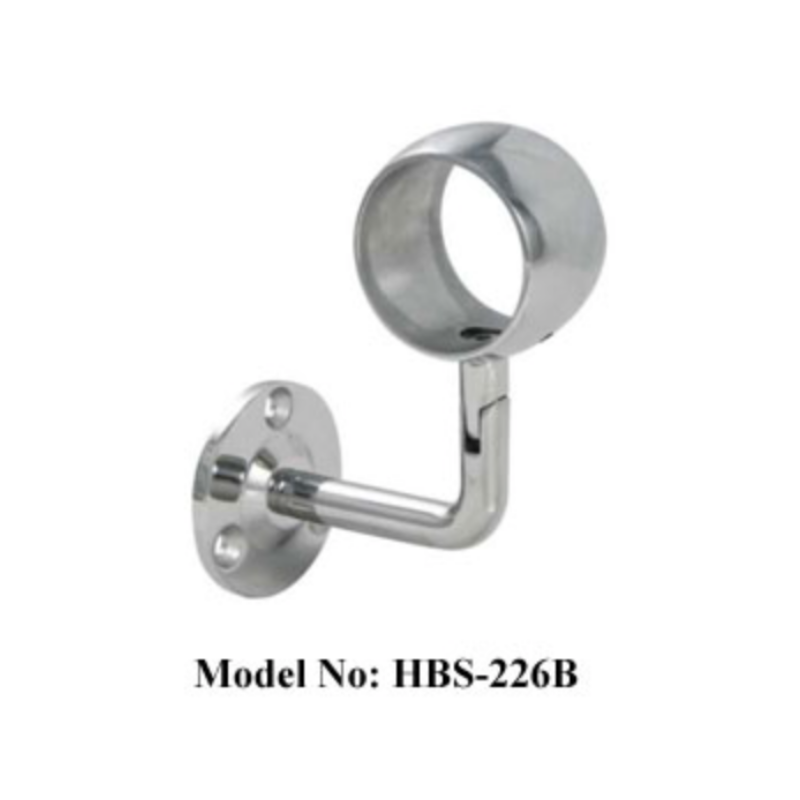

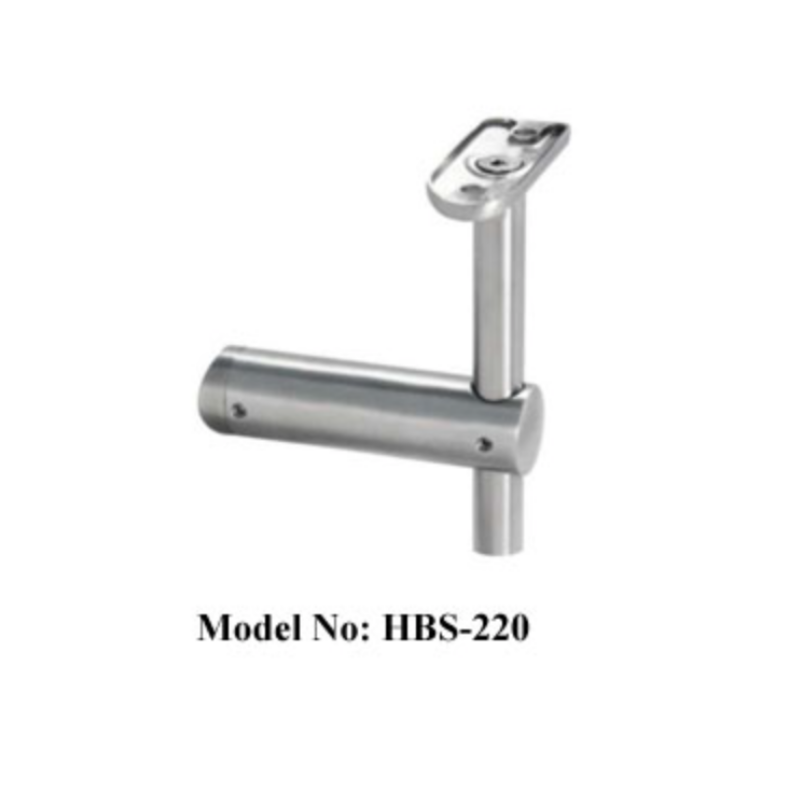
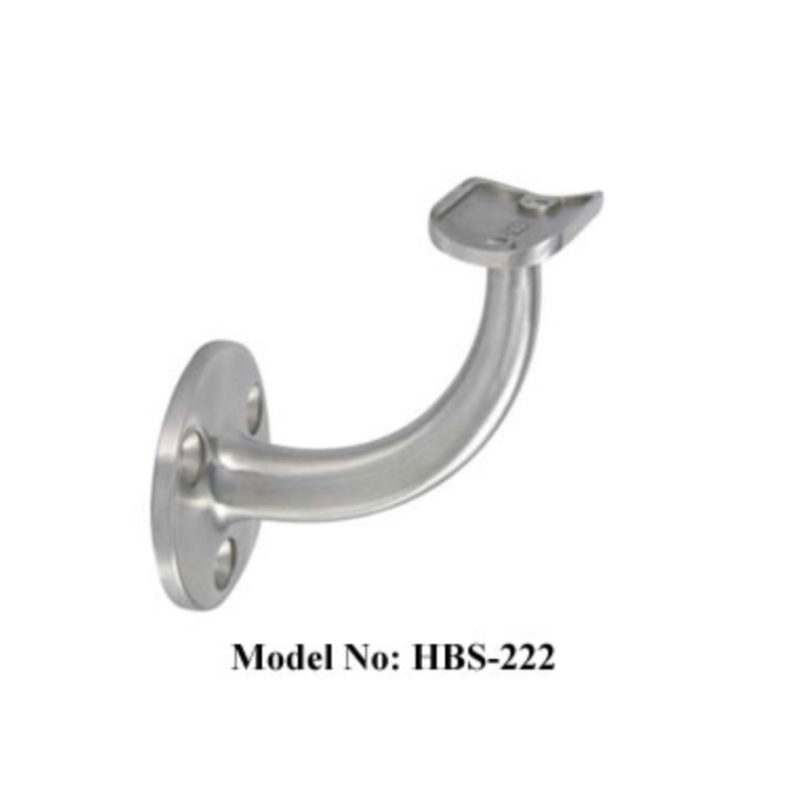
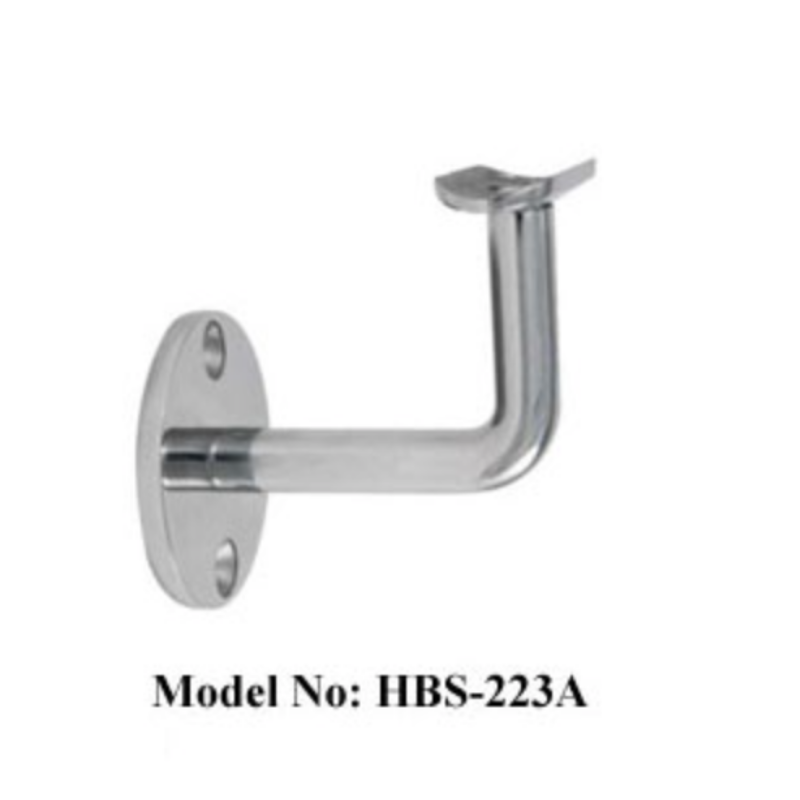
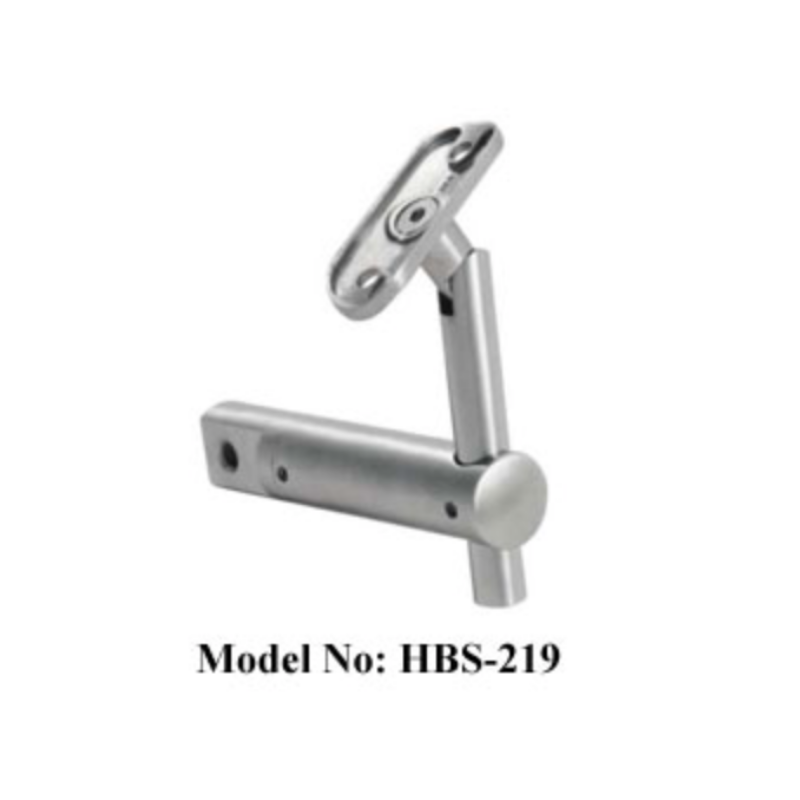
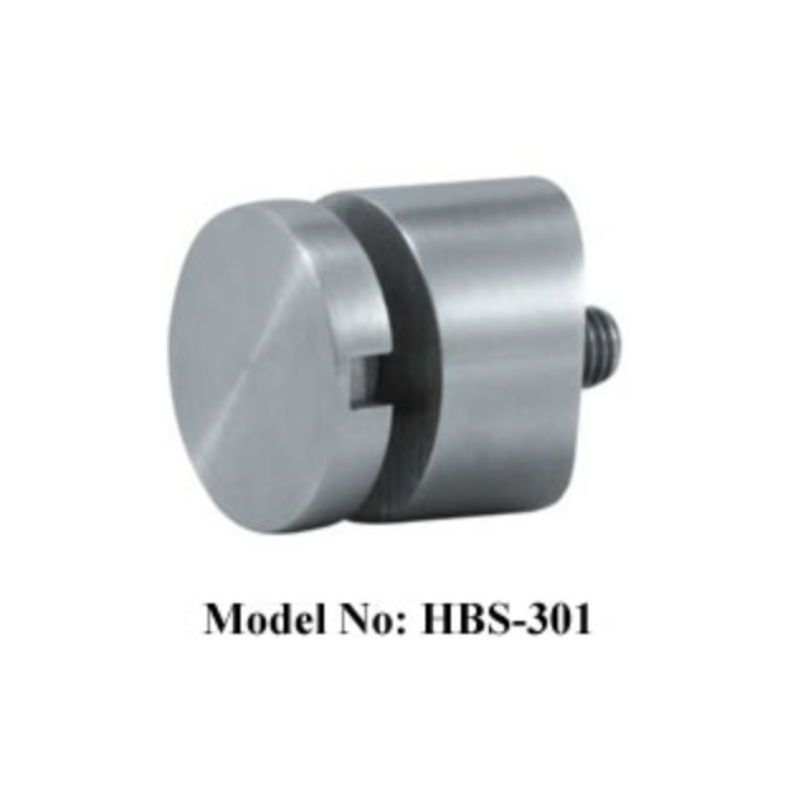
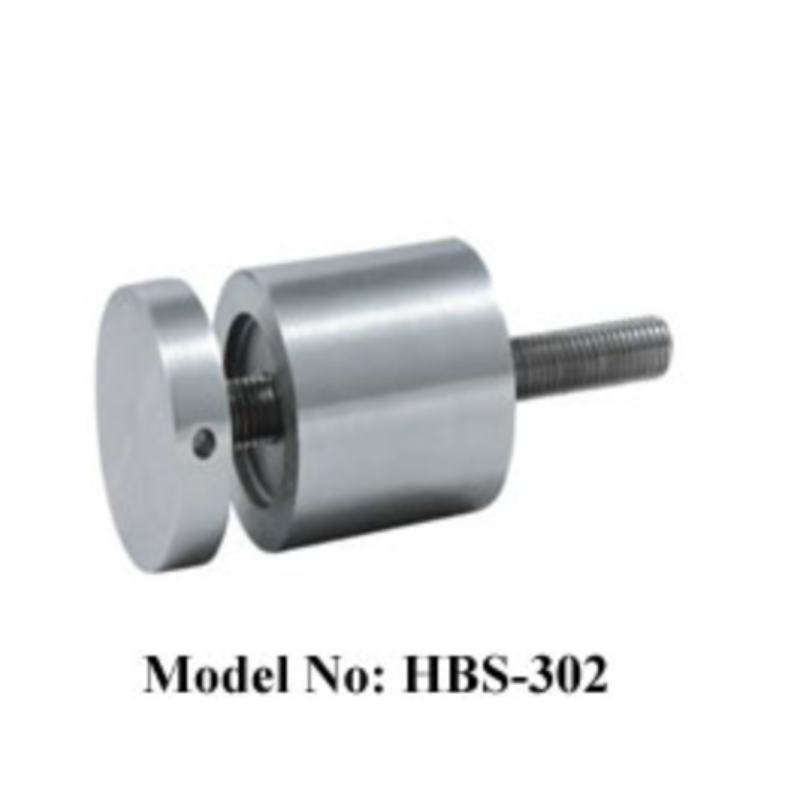
Handrail Bracket,Balustrade Hardwares,Railing Fittings,Handrail Support
Leader Hardware Manufacturer Limited , https://www.leaderhardwarecn.com